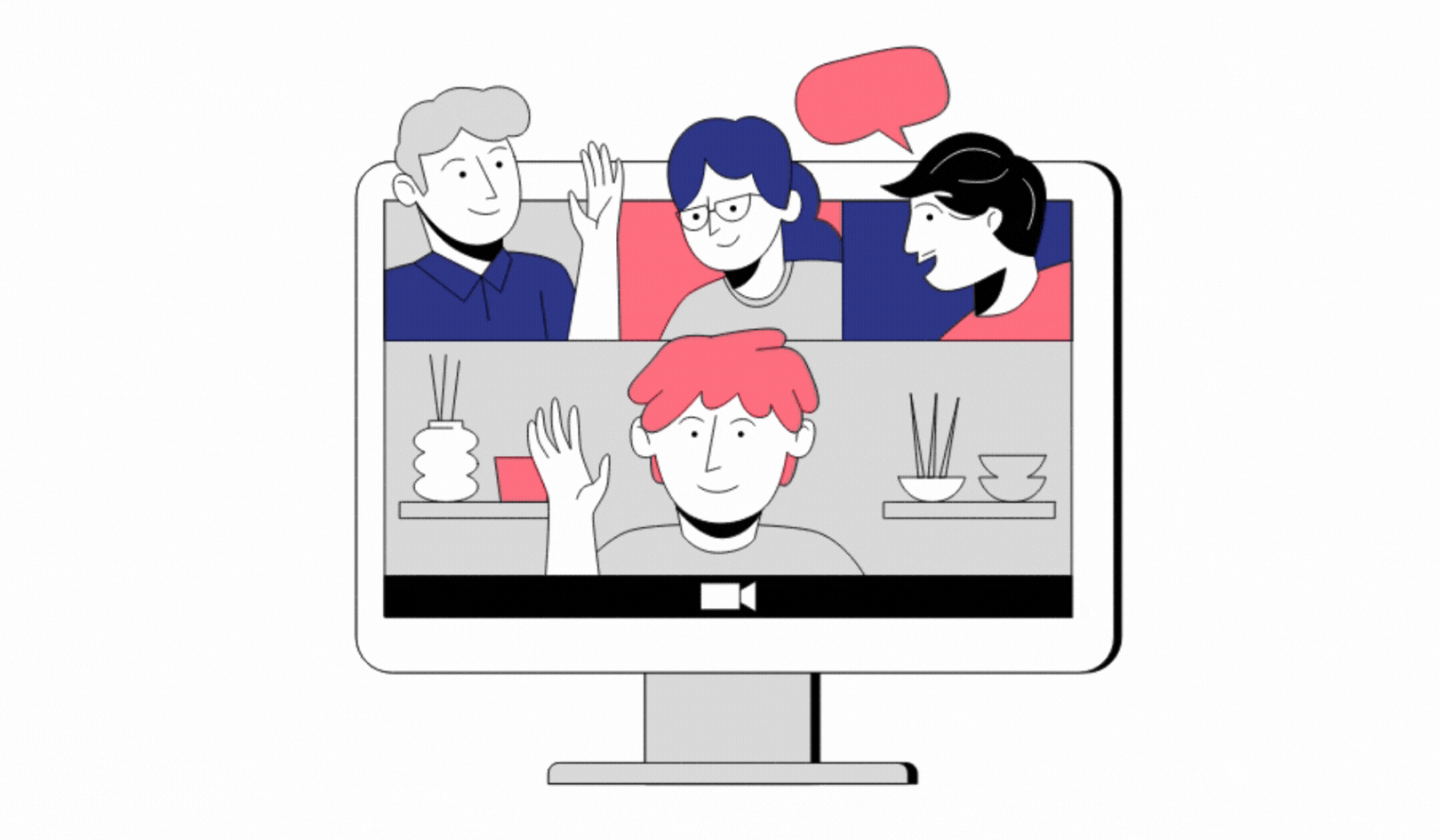3 Energizing Tips For Avoiding Burnout
Oooh, boy, we areTIRED. Exhausted. Over it all, and then some.

Remember when companies were making grand guesses about when and what the ‘return to work’ would look like? Then they moved those dates and changed those plans as COVID19 got creative and worked through its alphabet of variants? Now, there’s probably not going to be a satisfying ‘global grand day back to work.’ It’s going to be a slow inchworm back to the next normal (or rather the new abnormal.) Research shows that more people than ever would love to stay remote, at least part of the time. It also shows that some of those same people are concerned over a deterioration of mental health from working in an isolated manner. Folks want flexibility, but they also want community and a sense of organizational culture.
There’s no ‘one org fits all’ solution, but we can agree that this is a great opportunity to reset the ways we work. We’ve broken the old patterns and now it’s time to pick through the pieces to make a mosaic of what works for us. We can look to pre-pandemic times for some evergreen practices, harvest new ones we’ve discovered during the past couple years and then consider some brand new ones for the hybrid times ahead.
The important thing is to be deliberate about it. Even if you’re not physically returning to work, you can get specific about how you retune the work you do based on everything you’ve learned.
Fresh starts are a great time to clean your (proverbial) house
I remember moving from Chicago to LA a few years ago. I chose that moment to do twenty years of collected purging of everything from college papers to a monstrous file cabinet I’d inherited from my days at NCR - one that could survive an apocalypse. That big reset was a chance to cast off the inertia of stuff I no longer needed. Whether you’re heading back to the office in phases, or you’re declaring yourselves primarily remote, this moment is a great time to set, in the eternal words of Dua Lipa, ‘New Rules.’
Recognize what you learned about your best ways of working
While you’re at it, take a moment for some self-reflection. When we were all thrust into working from home, we did the best we could to create a new way of making it work. Some of these new practices might be happy discoveries you want to keep. Some, not so much. Notice what’s been working and be mindful about carrying these forward, even if your workplace and pace are about to change. If you’ve picked up some new bad habits, use the new workplace structure to nudge yourself toward something different.
Reinvest in the community experience of work
One thing to bring back from the ‘before times’ is the practice of being together. In a time when coworkers have never actually met in person, this is all the more important. Make ‘coming together’ a priority, even if it can’t happen very often. Create the opportunity for folks who are permanently remote to join and build bonds. We’ve busted the myth that we all need to be together all the time to do great work. However, a bit of in-person community can feed important relationships and foster trust in a way that bolsters our remote connections for teams that are partly or totally distributed.
If you use this ‘soft reboot’ to install some new operating software in the way you work, you’ll be making the most of the disruption of the past couple years. Don’t let it be a ‘big fat pause,’ let it be a work style experiment that gives you insight and choice on how you’ll work going forward. Don’t just return; retune.

Oooh, boy, we areTIRED. Exhausted. Over it all, and then some.

Adaptation is something humans are born with. In the wild, it can make the difference between life and death. While the stakes in the workplace may...

While many of us conceive of collaboration in a very formal sense that involves a team sitting around a table, working to accomplish one common...